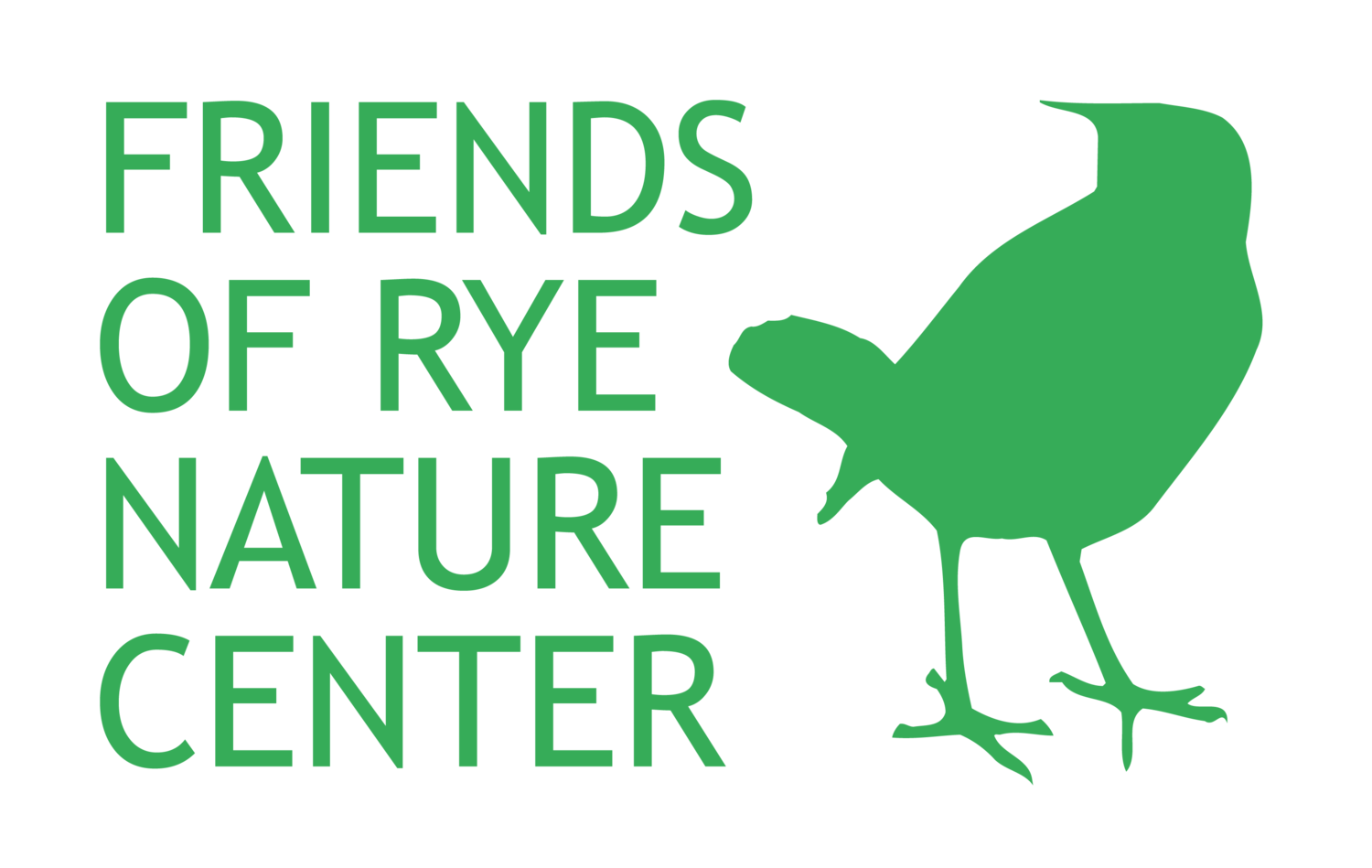— Mary Gillick, Program Director
One of Rye Nature Center’s popular programs for school groups is a marine beach walk at Oakland Beach. During these programs I have collected shells and other marine specimens found along the New York shoreline. These are just a few of the predatory animals that swim, crawl, or glide in the tide pools and deeper waters of Long Island Sound.
This round shell is from a moon snail that belongs to a group called Gastropods. “Gastro” refers to stomach and “pod” means foot. A little known fact about snails is that unlike hermit crabs, all snails keep their shells for their whole life, growing bigger each season. The moon snail has a giant foot that spreads outside its two-inch shell to help it slowly glide along on the sea floor. It captures small animals like crabs or clams for its meal. Like other predatory snails, its tongue can bore through shells to reach the animal inside.
A common find along the shore during spring is the horseshoe crab. This picture shows a molt from a young horseshoe crab, easily identified by its classic brown, flat shell and pointy tail. I found it on the sand at Playland Lake. Crabs have exoskeletons like insects but are in the crustacean family. Their shells don’t grow with them, so they must shed as they grow and a new larger shell forms. Horseshoe crabs use their ten legs to stir up the sand to find worms hiding underneath. During the high tides in May, adult horseshoe crabs come ashore to lay their eggs on the beach. The tail looks threatening but is not used as a tool, not a weapon—the animal uses their tail to flip over when they come to rest as they swim upside down.
This five-inch jaw is from a young shark that was found washed up on the beach. Notice the many layers of teeth. The teeth are the hardest parts of a shark as the rest of the skeleton is soft cartilage rather than bone. The dogfish is a type of shark found in Long Island Sound, generally no larger than 4 feet long. They feed on fish and squid. Their cousin, the little skate, is also found in the Long Island Sound. Years ago we saw one swim under our large seining net at Oakland Beach.
This black rock is actually a fossilized shark tooth! I got it from a South Carolina beach when I was a child. It must have been buried in mud and sand for a long time to revert to rock! It is very smooth like sea glass. The shape has changed but due to the two- inch size it may be from a Great White Shark, not a Megalodon! This was found along the Atlantic Ocean not the Long Island Sound.
These items were collected over many trips to different beaches. They are all hints of the kinds of creatures that live underwater. Enjoy your next trip to the beach and as always you can share your findings with us by tagging @RyeNatureCenter on Facebook or Instagram!





